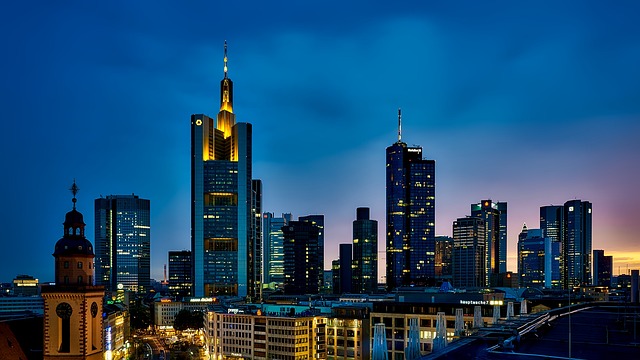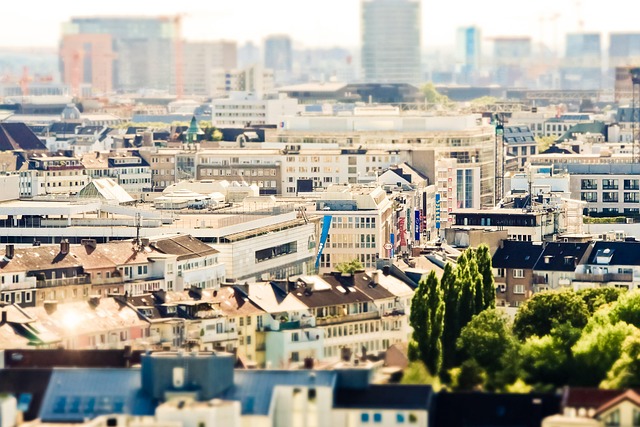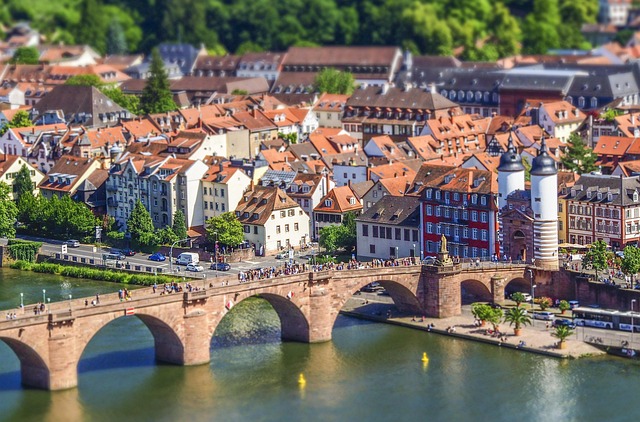The real estate market is experiencing a significant shift towards central living locations as urbanization and remote work drive a preference for city center apartments over suburban homes. This trend, fueled by the desire for community, easy access to amenities, and vibrant nightlife, prompts developers to build modern, efficient buildings with shared amenities in urban areas. To meet this growing demand, developers can strategically redevelop prime locations into mixed-use spaces and incorporate eco-friendly, smart home technologies appealing to health-conscious, tech-savvy urban dwellers.
In today’s dynamic urban landscape, the demand for central living locations is experiencing unprecedented spikes. This shift towards city centers reflects a multifaceted desire for accessibility, community engagement, and vibrant lifestyles. Understanding these trends is crucial for real estate investors and developers aiming to capitalize on this burgeoning market. By exploring key factors driving urban growth and implementing innovative strategies, stakeholders can navigate and profit from the ever-evolving demand for prime real estate in heart of metropolitan areas.
Understanding the Rise in Demand for Central Living Locations
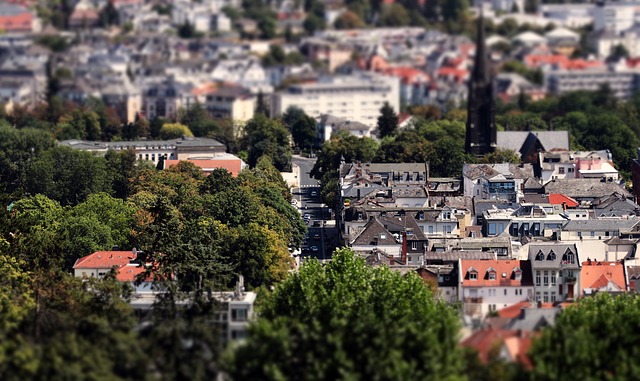
The demand for central living locations has been on a steady rise, reshaping the real estate landscape. Urbanization and the allure of vibrant, bustling cities have led to a significant shift in consumer preferences. Folks are increasingly opting for apartment living in the heart of the city rather than traditional suburban homes. This trend is not just about convenience; it’s a lifestyle choice that offers easy access to employment hubs, cultural attractions, and a diverse range of dining and entertainment options.
The central living revolution is also driven by the desire for community and a sense of belonging. In today’s fast-paced world, many people seek environments that foster social connections and enhance their overall quality of life. As a result, real estate developers are responding to this demand by constructing modern, efficient buildings with shared amenities that cater to diverse lifestyles.
Factors Contributing to Spikes in Urban Real Estate Market
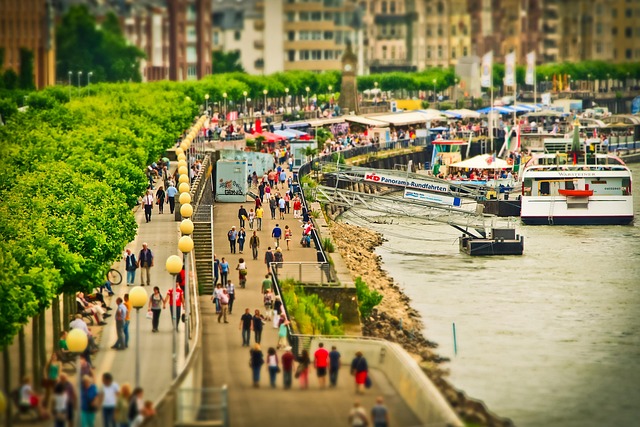
The urban real estate market is experiencing significant fluctuations, with demand spikes for central living becoming increasingly prevalent. Several factors are driving this trend. For one, the rise of remote work has led many to reconsider their lifestyle preferences, prioritizing location and community over spacious homes in suburban areas. This shift has resulted in a surge in inquiries for apartments and condos within city centers.
Additionally, urban areas offer easier access to essential amenities, vibrant nightlife, and cultural attractions, making them appealing to younger generations and professionals who value an active, connected lifestyle. The availability of high-speed internet and the digital transformation of many industries further bolster the argument for central living, as working remotely no longer necessitates a physical distance from urban hubs.
Strategies for Developers and Investors to Capitalize on This Trend

Developers and investors can strategically position themselves to capitalize on the growing demand for central living in real estate. One approach is to identify and develop properties in prime locations that offer easy access to essential amenities, public transport, and sought-after lifestyle options. This could involve redeveloping urban areas with mixed-use buildings that include residential spaces, retail outlets, and recreational facilities.
Another key strategy is to cater to the changing preferences of potential residents by creating modern, well-designed, and eco-friendly spaces. Investors can partner with innovative developers who incorporate smart home technologies, energy-efficient systems, and sustainable materials into their projects. By embracing these trends, real estate professionals can attract a new generation of urban dwellers who value convenience, health, and environmental consciousness.

